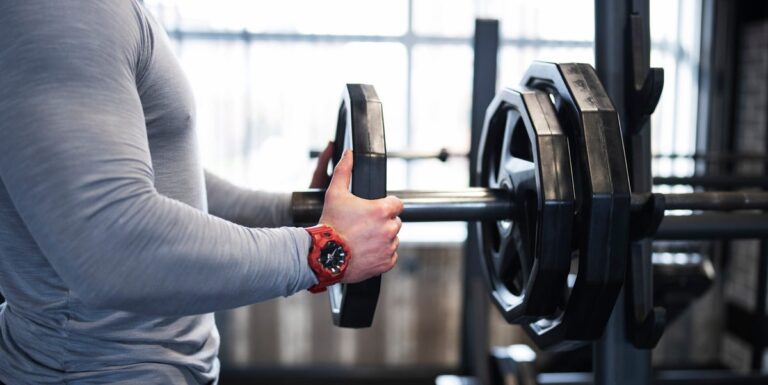This is Your Quick Training Tip, a chance to learn how to work smarter in just a few moments so you can get right to your workout.
The body is an amazingly adaptable machine. If you expose yourself repeatedly to a novel physical stress, your body will remodel itself to handle the challenge. That’s why you grow stronger when you start lifting weights—your muscles and nervous system evolve to tackle the increased demand on them. But your body is also amazingly efficient, which is why your results plateau if your workouts become too routine; once the novelty wears off and your muscles adapt to the stress, there’s no reason for them to waste energy and resources on adapting further.
To continue to make gains in size and strength, you need to give your muscles a reason to continue growing—and “progressive overload” supplies it.
Progressive overload is perhaps the most important principle in strength training, defined as the systematic increase in training frequency, volume, and intensity in various combinations over time. In short, progressive overload requires you to regularly escalate the challenge to your muscles.
Lifting heavier weights is one way to go about progressive overload. Others include doing more reps or sets, lifting more slowly (i.e., to increase time under tension), lifting more explosively, increasing training frequency, decreasing rest between sets, and performing more advanced exercise variations (e.g., progressing from the classic pushup to the archer pushup). That’s only a partial list, but if you’re looking for ways to bust through (or better yet, avoid) a plateau, it’s a good place to start. The key, of course, is knowing which overload methods to use and when to put them into practice.
Your move: If you’re new to strength training, progressive overload almost takes care of itself. During your first few months in the weight room, you’ll find yourself reaching for heavier weights with surprising frequency as first your nervous system and then your musculoskeletal system gradually adapt to the new demands being placed on them. But once you’ve been lifting for a while, gains become harder won, and you have to be more strategic in how you go about progressive overload by using a combination of the techniques mentioned above.
As for when to progress, there’s no set timeframe. Some trainers go by the “2 for 2” rule: When you’re able to bang out two additional reps in your last set of an exercise for two weeks in a row, it’s time to increase the challenge.
But generally speaking, you should switch things up whenever you’re able to perform out all of your reps in every set of an exercise with perfect form. What you want to avoid at all costs is your workouts becoming “routine”—when you start to feel comfortable, you know you’re due for a progression.

Trevor Thieme is a Los Angeles-based writer and strength coach, and a former fitness editor at Men’s Health. When not helping others get in shape, he splits his time between surfing, skiing, hiking, mountain biking, and trying to keep up with his 10-year-old daughter.
Read the full article here



